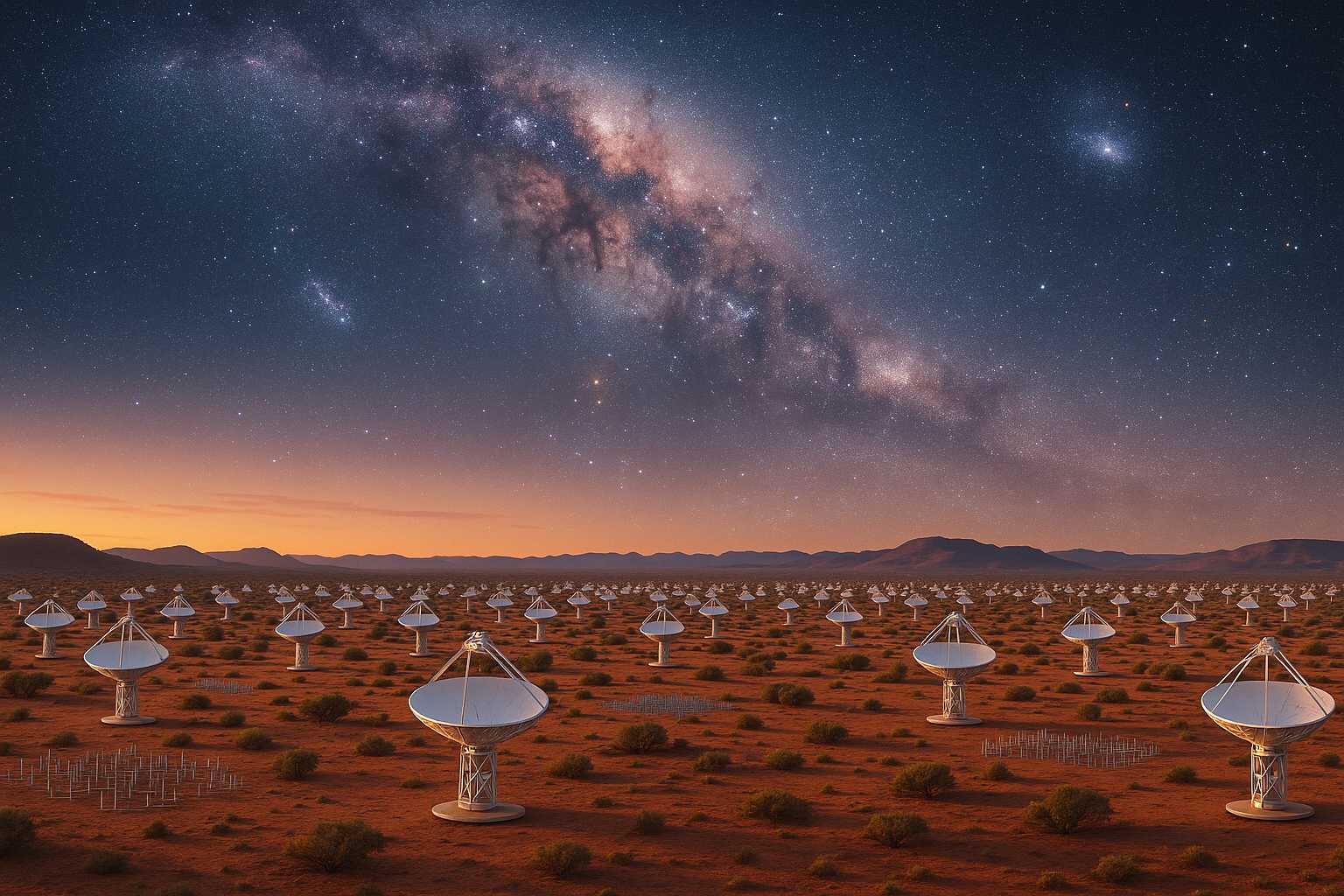Few scientific endeavors capture the collaborative spirit and ambition of modern astronomy like the Square Kilometre Array (SKA) project. Spanning two continents—South Africa and Australia—this next-generation radio telescope promises to deliver transformative insights into the universe’s earliest epochs and the fundamental laws of physics. As an astronomer, I’d like to explore what makes SKA so revolutionary, its goals, and its anticipated impact.
What Is the SKA?
The Square Kilometre Array is designed to become the world’s largest and most sensitive radio telescope. Its name refers to the total collecting area of the telescope: an array of thousands of dishes and antennas that together cover a square kilometre. By combining signals from a vast number of receivers, SKA will achieve unprecedented sensitivity and resolution in the radio spectrum.
A Global Collaboration
No single nation could tackle the scientific and technical challenges posed by SKA alone. Over a dozen countries are partners in this project, pooling resources, technology, and expertise. The array will be built in radio-quiet zones: Western Australia for low-frequency antennas, and South Africa’s Karoo region for mid-frequency dishes. Together, these sites offer minimal interference from human-made radio signals, a crucial requirement for detecting faint signals from space.
Scientific Ambitions
SKA is intended to address some of the deepest questions in astronomy:
- Cosmic Dawn: By observing neutral hydrogen emissions from the early Universe, SKA could provide a detailed timeline of how the first stars and galaxies formed after the Big Bang.
- Testing Gravity: It will enable high-precision tests of Einstein’s General Relativity, particularly through studies of pulsars and black holes.
- Dark Energy and Dark Matter: Through large-scale sky surveys, the array will help illuminate the cosmic web and better understand the roles of dark matter and dark energy.
- Searching for Life: With its exquisite sensitivity, SKA will be capable of detecting possible technosignatures—a key part of the ongoing search for extraterrestrial intelligence (SETI).
Engineering Marvels
The scope of SKA’s engineering is staggering. Transmitting data from the array’s thousands of antennas will require data rates surpassing those of the current entire global internet. Advanced supercomputers and networks will process enormous data streams, enabling near-real-time imaging and analysis.
Looking Ahead
Construction of the SKA began in the early 2020s, with phased completion well into the next decade. Once operational, its discoveries will likely reshape our understanding of the cosmos, much as previous generation observatories have done before. The SKA stands as a symbol of scientific curiosity and international cooperation, poised to transform radio astronomy for generations to come.
— Darlene


Leave a Reply